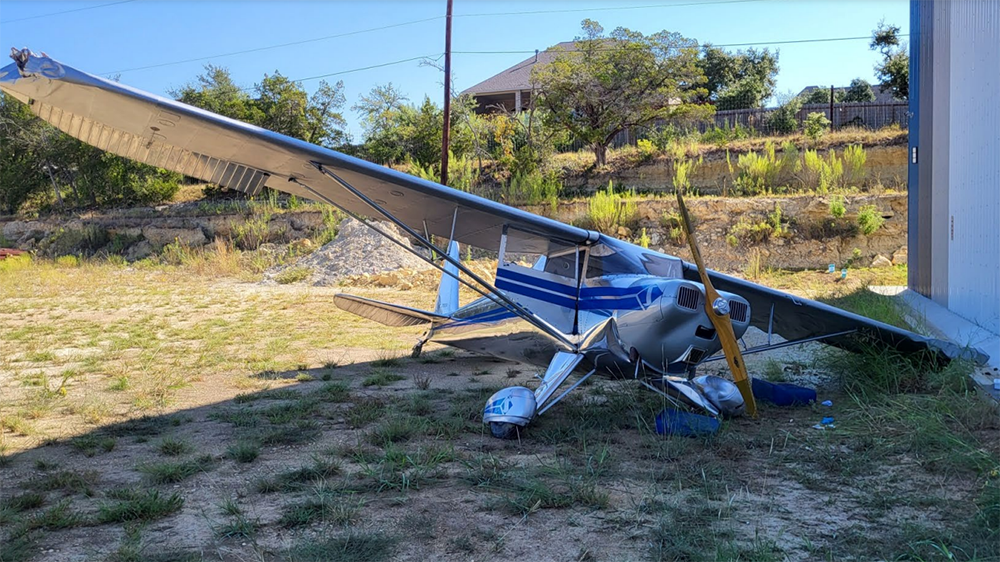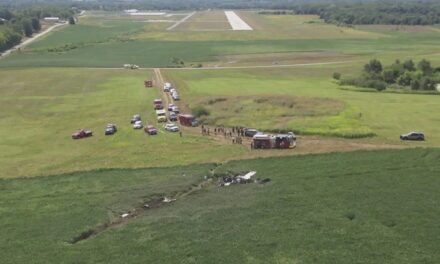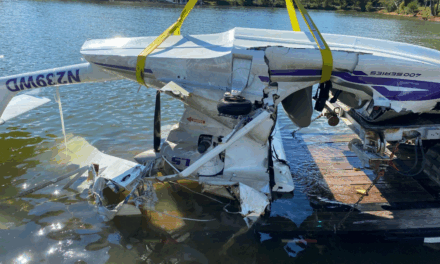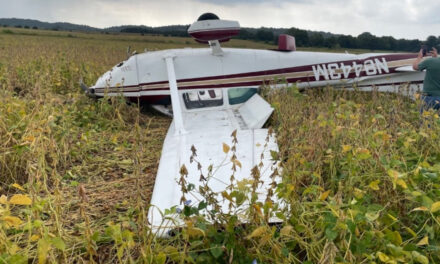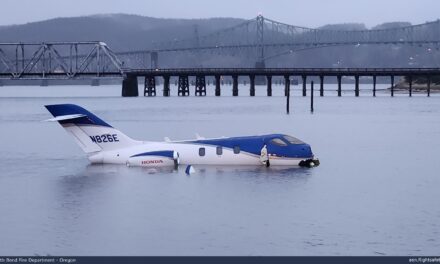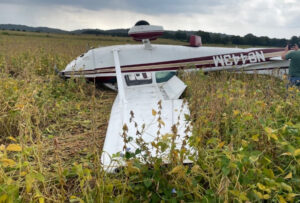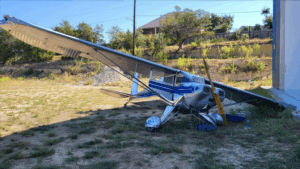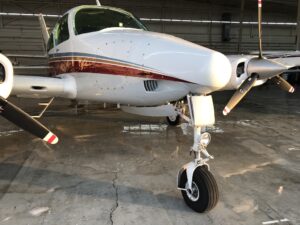On September 28, 2023, the Luscombe 8A N71804 crash during landing at Boerne Stage Airfield in Boerne, Texas, highlighted once again how unforgiving tailwheel aircraft can be on the ground. The vintage light plane veered left during rollout on runway 17, striking a hangar. The 85-year-old pilot survived with minor injuries, though the aircraft sustained substantial damage. FAA officials and local responders quickly secured the scene as news spread through the aviation community.
Aircraft, Pilot & Flight Background
The Luscombe 8A, introduced in the late 1930s, is revered for its simplicity, light weight, and stick-and-rudder character. Registration N71804 was operated as a privately owned classic, often flown for personal enjoyment rather than commercial work.
On the day of the crash, conditions at Boerne Stage Airfield (5C1) were favorable: light winds, VMC, and no significant traffic delays. According to KSAT San Antonio, the pilot reported no mechanical issues prior to touchdown.
Witnesses say the approach looked normal until rollout, when the aircraft began drifting left. Attempts at correction only worsened control.
Landing Rollout: Loss of Control
Tailwheel aircraft require constant attention during rollout, as rudder authority diminishes at low speeds. In this case, the Luscombe’s sudden swerve proved unrecoverable. Eyewitness accounts posted in aviation forums and social media describe a short bounce, followed by throttle input in what appeared to be an attempted go-around.
But once momentum carried the plane off centerline, the Luscombe struck the hangar wall with its left wing. The collision crumpled the leading edge and twisted the fuselage, but there was no fire. The pilot emerged with only minor injuries, treated at the scene.
Technical & Human Factors
The FAA preliminary report noted substantial aircraft damage but no signs of engine or structural failure before the veer. Similar accidents often involve:
- Inadvertent brake input. Heel brakes can entangle pilots’ feet, especially in older cockpits.
- Reduced rudder effectiveness. At low speed, the rudder provides little corrective power.
- Delayed go-around. Once yaw developed, throttle only worsened the swing.
The Hangar Debrief report on this accident emphasized how even experienced pilots face higher workloads in tailwheel aircraft, especially at advanced age (hangardebrief.com).
Community & Local Response
Local coverage by KSAT described the crash as a reminder of aviation’s risks, noting the fortunate survival of the pilot. Within the pilot community, discussion centered on:
- The challenges of tailwheel proficiency at older ages.
- The importance of recurrent training and frequent practice.
- Whether vintage designs might benefit from modern safety aids, such as rudder limiters or yaw sensors.
Lessons & Broader Implications
Tailwheel aircraft remain disproportionately represented in runway loss-of-control accidents. The Luscombe 8A is no exception. From this crash, general aviation pilots can take away:
- Stay ahead of the aircraft with constant directional control during rollout.
- Prioritize practice; tailwheel skills fade quickly without use.
- At the first sign of deviation, apply decisive rudder correction or execute a controlled go-around.
Closing Thoughts
The Luscombe 8A N71804 crash during landing at Boerne Stage Airfield was not a product of weather or engine failure, but of the fine margins tailwheel aircraft demand. The pilot survived with minor injuries, but the event highlights the risks of ground handling in vintage airplanes.

